Almost two years on from the October 7, 2023, attack, despite clear military superiority and significant achievements, Israel remains strategically stuck in Gaza. The destruction of Hamas’s military capabilities is ongoing, and its grip on the civilian population is weakening. Still, the burning question remains: what comes next? How can Hamas be definitively defeated, and how will we know that victory has been achieved?
To defeat Hamas, an alternative must take its place. Yet no such alternative has been established, even if some progress is evident. It seems we are still waiting for the “right” solution, for a broad consensus, and for an ideal model. But while we wait, reality is writing itself. And not necessarily in our favor.
The failure is not operational, it is conceptual. Israel is stuck not because it doesn’t know how to strike, but because many feel there is nothing more to be gained from continued fighting. Voices calling for an end to the war are growing louder, both at home and among allies abroad. But if we end it, then what? Should we leave Hamas battered but alive, still in control of the Strip, lying in wait for however long it needs to rebuild and to be ready to launch another October 7 style? Or perhaps, because of a lack of imagination or insufficient courage, we should accept a return to Palestinian Authority rule over Gaza?
Waiting for Utopia, Ending up with Chaos
There is no single, one size fits all for Gaza solution—at least not yet. There is no magic formula that will promise immediate stability. Waiting for a perfect solution creates paralysis. Without a doubt, it would be easier to present a uniform plan that is immediately implementable. But the present reality does not permit that. Instead of waiting, we must recognize that the best way forward in Gaza is to adopt different, imperfect solutions—where and when we can— and learn from them, improve, and move forward, even if only incrementally. But we must move forward. There is no need to solve all of Gaza’s problems in a single day, but we must begin establishing facts on the ground.
The most viable vision for the day after—or even for today—is decentralized control. We must not crown a single group as governor of Gaza, certainly not the Palestinian Authority, which has shown itself to be a failure, nor a “moderated” Hamas. The goal is not to reestablish another failed state, but to develop a local, multi-headed structure that divides control based on needs, capabilities, loyalties, and realities on the ground.
The Case for Hamas-Free Zones
The best illustration of this local model is perhaps the city of Rafah in southern Gaza. In certain parts of Rafah, the Abu Shabab clan holds more power than Hamas (in others, the IDF maintains a degree of control). The Abu Shabab group is not democratic, liberal, or pro-Israel, but it represents a possible governing alternative in the areas it controls. Clearly, we cannot and should not declare Abu Shabab the new ruler of the entire Gaza Strip. However, Israel can declare that in specific areas of Rafah, from its perspective—even if only temporarily—Abu Shabab is the legitimate authority through which it can channel aid. Israel would then be able to pledge not to target or displace the population in these areas so long as Hamas does not operate there. Hamas rule in these zones would be over.
Even if the arrangement is still tenuous, the process should begin with a declaration. That is how a victory narrative is created—by taking small bites out of Hamas’s power.
Israel appears to be already aiding Abu Shabab, which is without a doubt helping to weaken Hamas and break the fear barrier that prevents other Gazans from seeking alternatives to the Islamist group. But that alone is not enough. A formal declaration would further hasten Hamas’s downfall. Rafah should come first, with additional models introduced elsewhere.
Each such area could become a “safe zone” for Gazans who no longer support Hamas and now seek basic personal security. Many have tired of Hamas rule. A clear indication is the mass turnout at U.S.-funded aid distribution points run by the Gaza Humanitarian Fund (GHF), despite Hamas threats and attempts to block access. Many Gazans live in temporary shelters and are subject to evacuations. It is crucial to establish secure, stable spaces for them (even if only until the fighting ends) such as the planned “humanitarian city” between Rafah and Khan Younis—an idea that could and should be implemented elsewhere. It serves Israel’s interest to voluntarily move as many Gazans as possible into areas no longer under Hamas control. This shift would aid military operations, humanitarian efforts, international legitimacy, and perhaps even generate intelligence—including on hostages. An influx into such areas would accelerate the expansion of Hamas-free zones. The potential benefits are substantial.
For that reason, the GHF is a strategic asset to Israel, as is shown daily by its operations. This asset must not be forfeited, for example, by agreeing to withdraw from the Morag Corridor, even temporarily. On the contrary, Israel should expand this asset by leveraging the fact that the “barrier of fear” has been broken through to wrest the humanitarian lever from Hamas—even if only partially.
No One-Size-Fits-All Model
Going forward, Israel can adopt a gradual and diverse model. As noted, Israel does not need to determine right now what all of Gaza will ultimately look like. For example, the Netzarim corridor could be declared a secure zone under limited and focused Israeli military control. In other areas, local civilian governance could be established—perhaps by clans encouraged by the Rafah model and willing to create independent security forces and openly oppose Hamas.
Other forms of organization may also emerge, not necessarily clan-based but rooted in different centers of power. In short, it is possible to create diverse and localized governance models on the ground, and whenever conditions ripen to declare a given area free of Hamas control, that step should be taken. Even if some areas require the establishment of temporary local military administrations, that is still preferable to Hamas rule. Under Israeli oversight, it will be possible to continue seeking out suitable local Palestinian governance to replace Israeli military administration as quickly as possible.
In December 2024, I coauthored a transitional plan titled The Gaza Humanitarian Islands Plan.[1] Some of its principles are already reflected in the Gaza Humanitarian Fund (GHF) and the removal of humanitarian aid from Hamas control. But the plan also emphasized the need to establish cities for displaced persons with non-political, non-diplomatic administrative frameworks focused solely on daily life and humanitarian needs.
The plan aimed to reroute humanitarian aid to new hands while also creating zones free of Hamas control—militarily and civically—and nurturing new leadership among Gazans. This model can and should be applied to designated areas. The proposed humanitarian city closely resembles our original idea and should be replicated in additional locations.
Rather than waiting for a generic, all-encompassing model, we must allow multiple, localized models tailored to changing realities on the ground. Decentralization is not a sign of weakness—it may be the key to stability, especially as efforts to impose a singular ruling authority have failed repeatedly.
The primary objective now should be setting facts on the ground: declaring Hamas-free zones, announcing the end of its rule in specific localities, and establishing temporary governance—no matter under what title. So long as these authorities are independent of Hamas, they are preferable. Israel must encourage local initiatives, support pragmatic actors, and strengthen those who heed the IDF and maintain quiet.
In the Middle East—and perhaps everywhere—the perfect is often the enemy of the good enough.
Possible Weak Points
First, the “single address” approach offers a clear practical advantage: it is easier to engage with one centralized authority than with multiple actors. Still, we must weigh that simplicity against the risks of paralysis. As we are not close to installing a single element capable of governing Gaza more effectively than Hamas from a strategic standpoint, the more cumbersome approach is preferable to continued deadlock.
Second, while the current thinking has already significantly changed realities in Gaza, we have not yet reached a point where ending the war would mean the imminent end of Hamas rule. That is the situation we must now begin to change.
A further challenge is likely to arise from the international community. This kind of model may well be viewed as an attempt to undermine Palestinian self-determination and the prospects for a two-state solution. Yet no such solution is remotely attainable in the foreseeable future—whether one hopes for it or not. In fact, decentralized governance offers an alternative expression of Palestinian self-determination, and a centralized state model has no inherent advantage in that respect.
Practically speaking, such a model may in fact offer a greater chance of eventual progress toward a political resolution between Israel and the Palestinians than any alternative currently on the table—certainly one that leaves Hamas in power as a political and military force in Gaza. While decentralization is not a near-term path to a peace agreement, no model currently is. What it can offer, however, is a better future in Gaza: functional districts free of a centralized military force devoted to hatred and jihad, which denies the existence of the State of Israel and is categorically unwilling to live alongside it or cooperate with it in any form.
Only by conditioning reconstruction and development aid on core criteria—an end to incitement, deradicalization, and a willingness to cooperate—can we hope to see the rise of Gazan authorities with whom a political agreement may someday be possible. Keeping Hamas or other radical elements in power guarantees a continued cycle of violence. In such a reality, Israel cannot allow unregulated military buildup. If that core threat persists, no political horizon of any kind can emerge.
In Conclusion: Victory Lies in Reality, Not in Intentions
Hamas will not be defeated by military means alone. Victory lies in shaping what comes after. Israel must stop waiting for the perfect solution to fall from the sky. If local government can be established—establish it. If a limited military regime is feasible—create it. If a clan can govern—support it. There is no single solution. There are many local solutions that together can create a new reality.
And for those still waiting on a “comprehensive diplomatic plan,” a word of caution: the vacuum never remains empty. Either we fill it—or someone else will.
[1] https://idsf.org.il/en/papers/the-gaza-humanitarian-plan/
JISS Policy Papers are published through the generosity of the Greg Rosshandler Family.
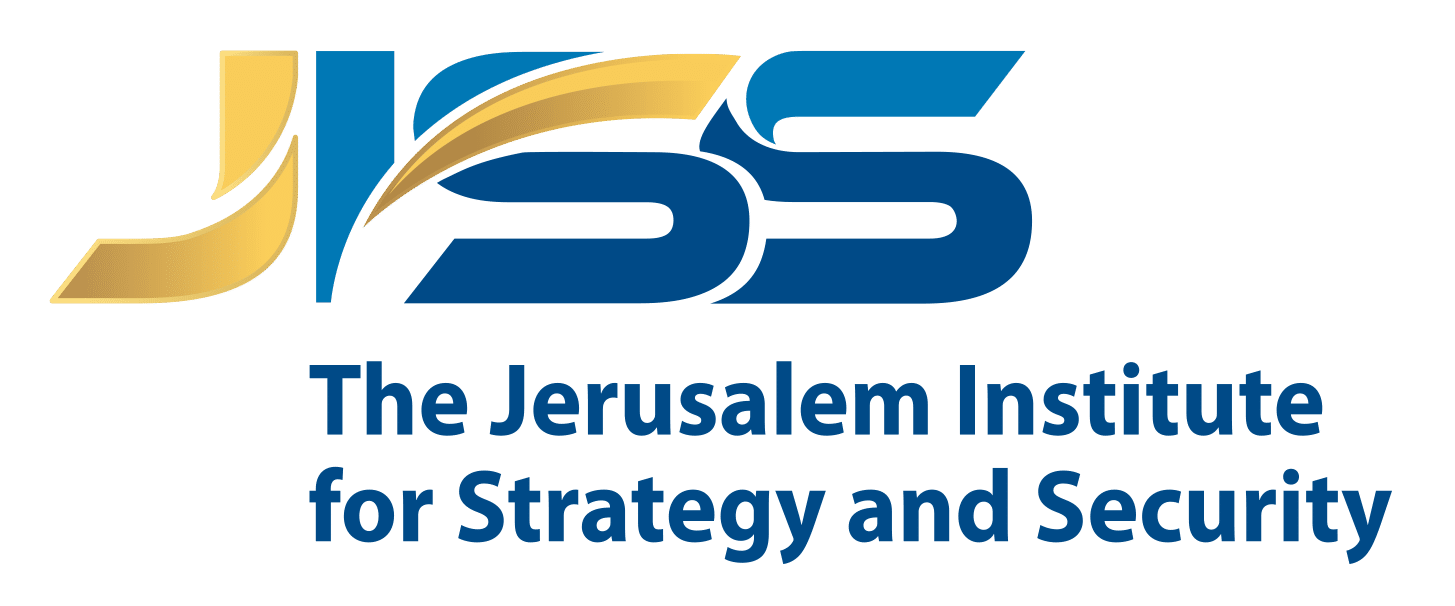







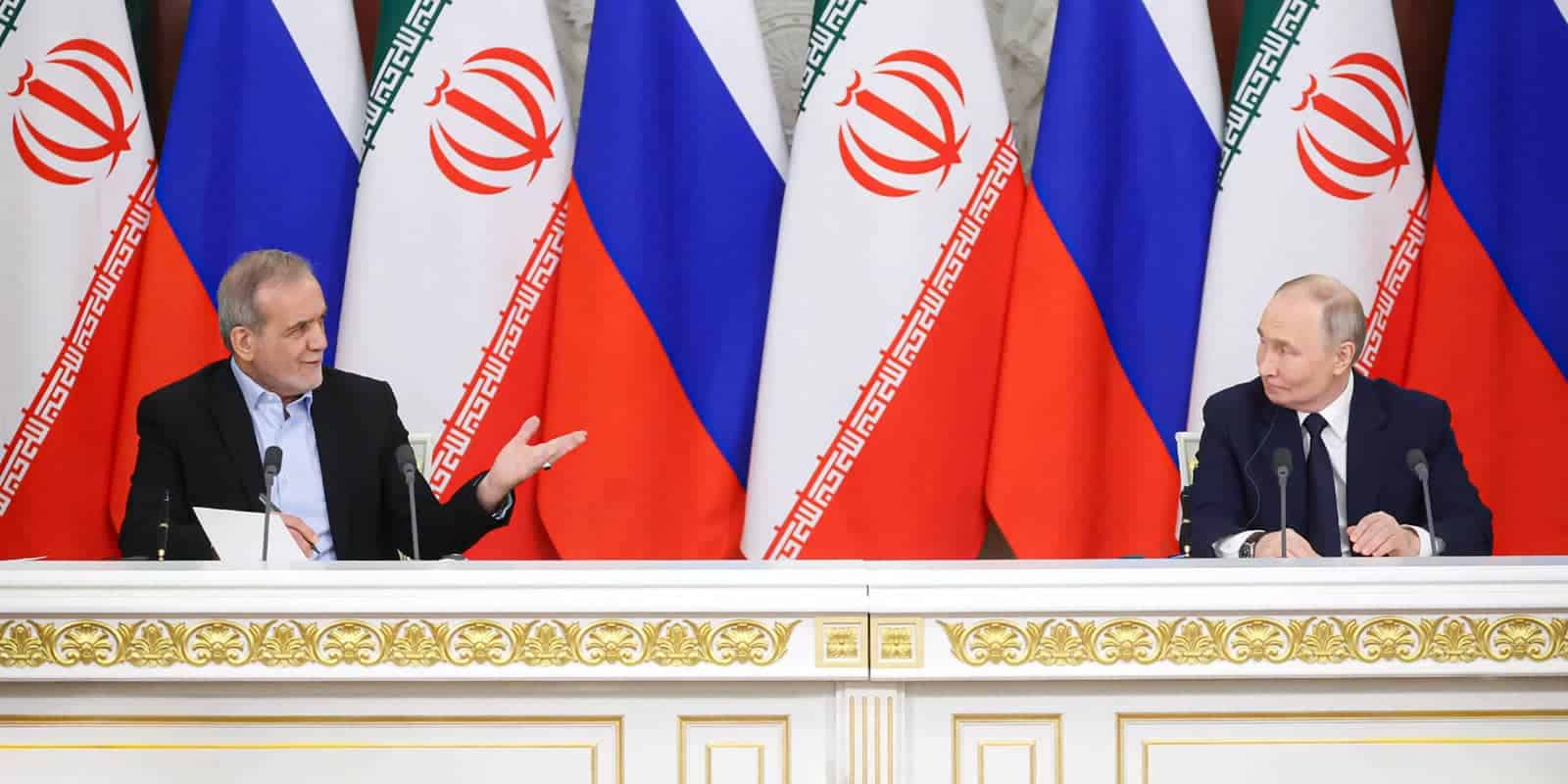
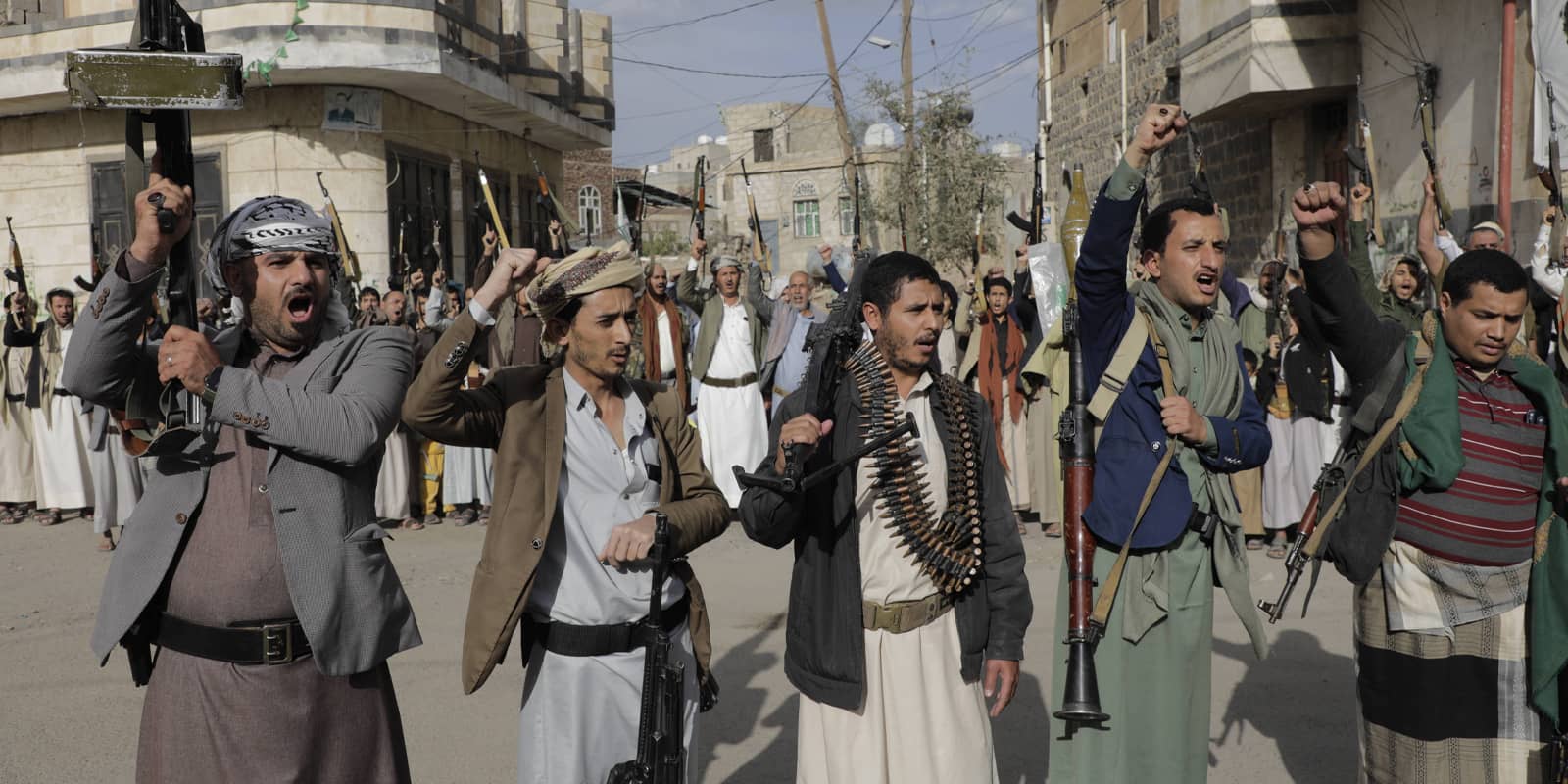
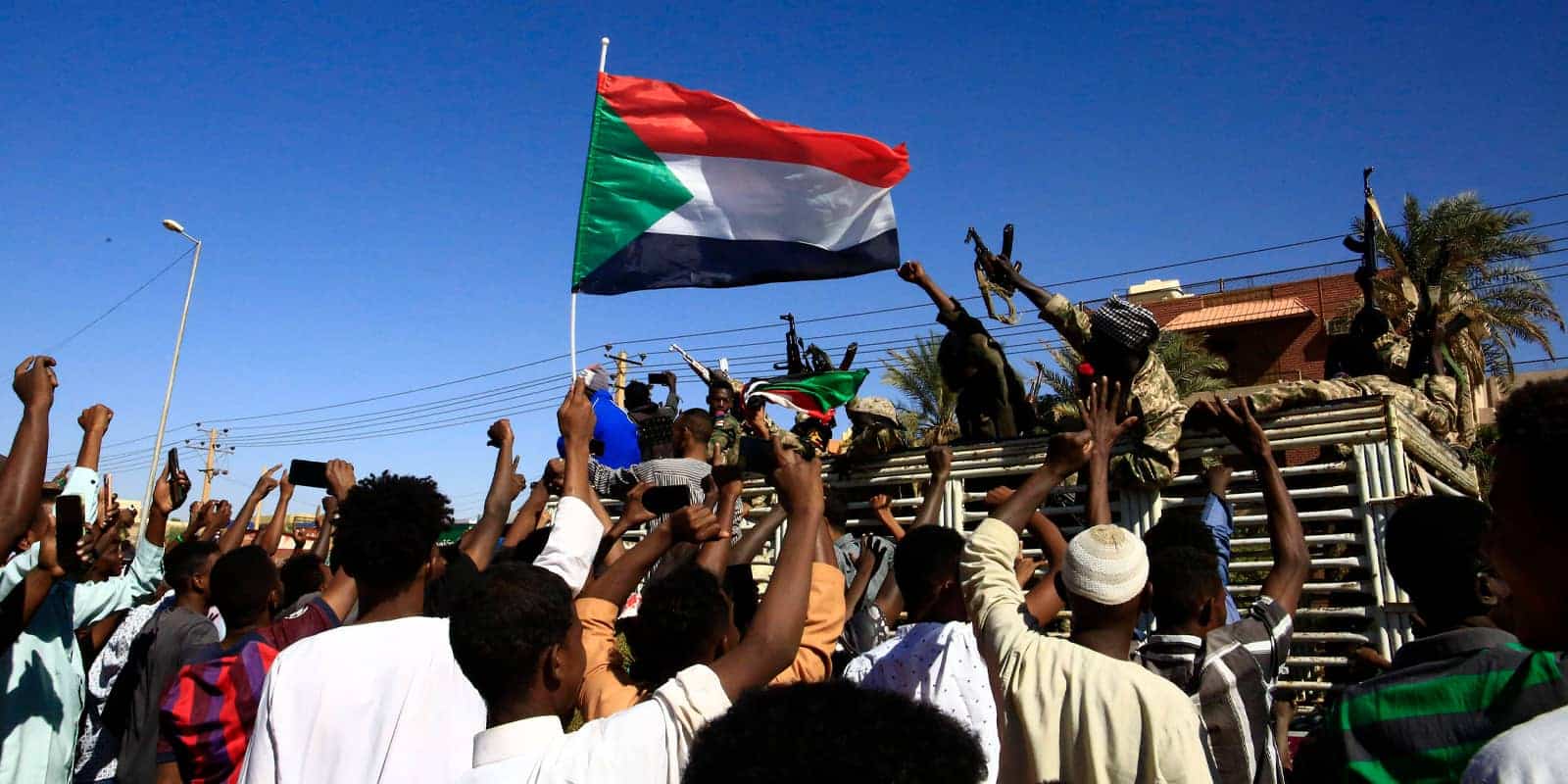

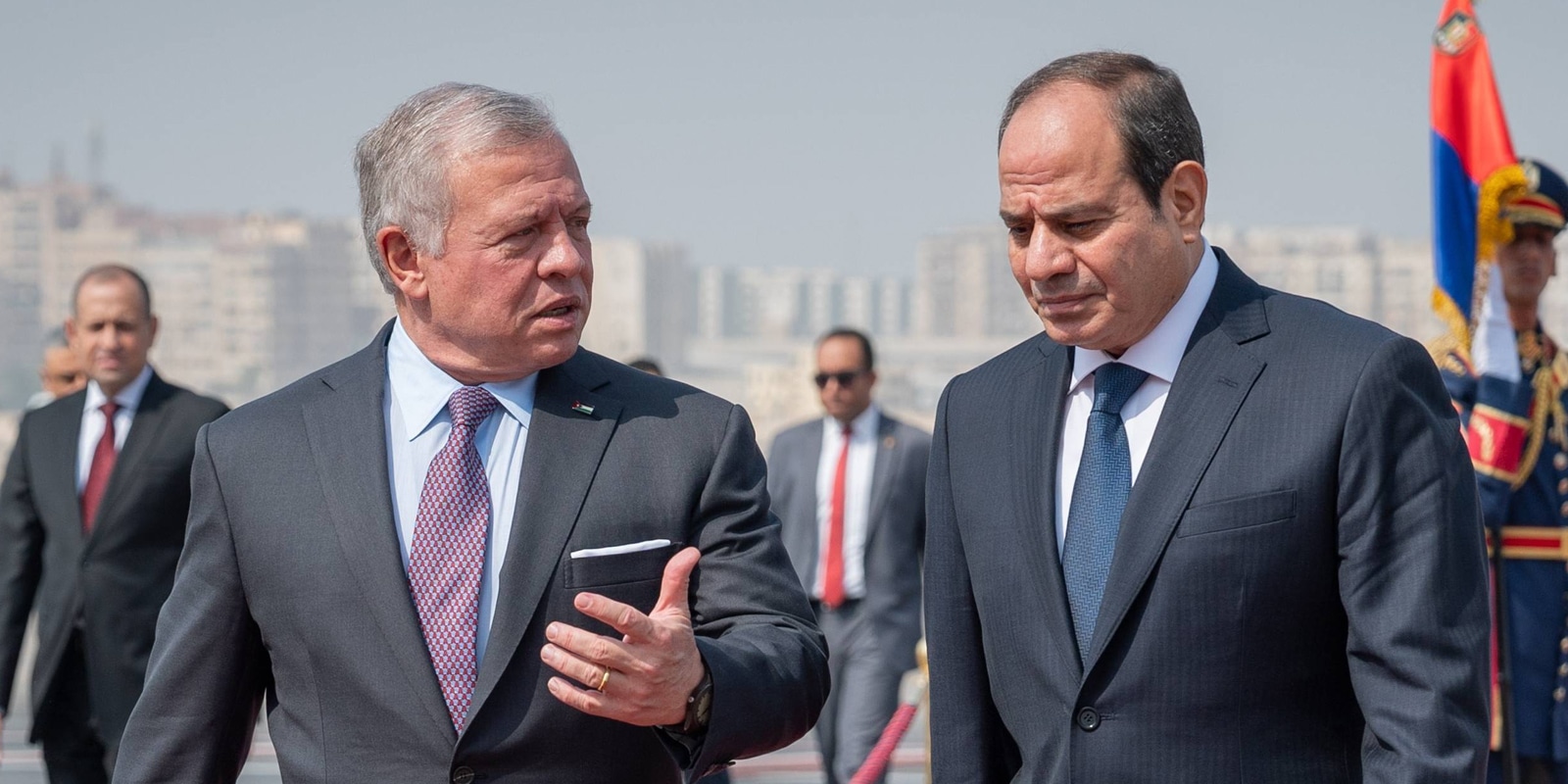


Gaza: Until When?